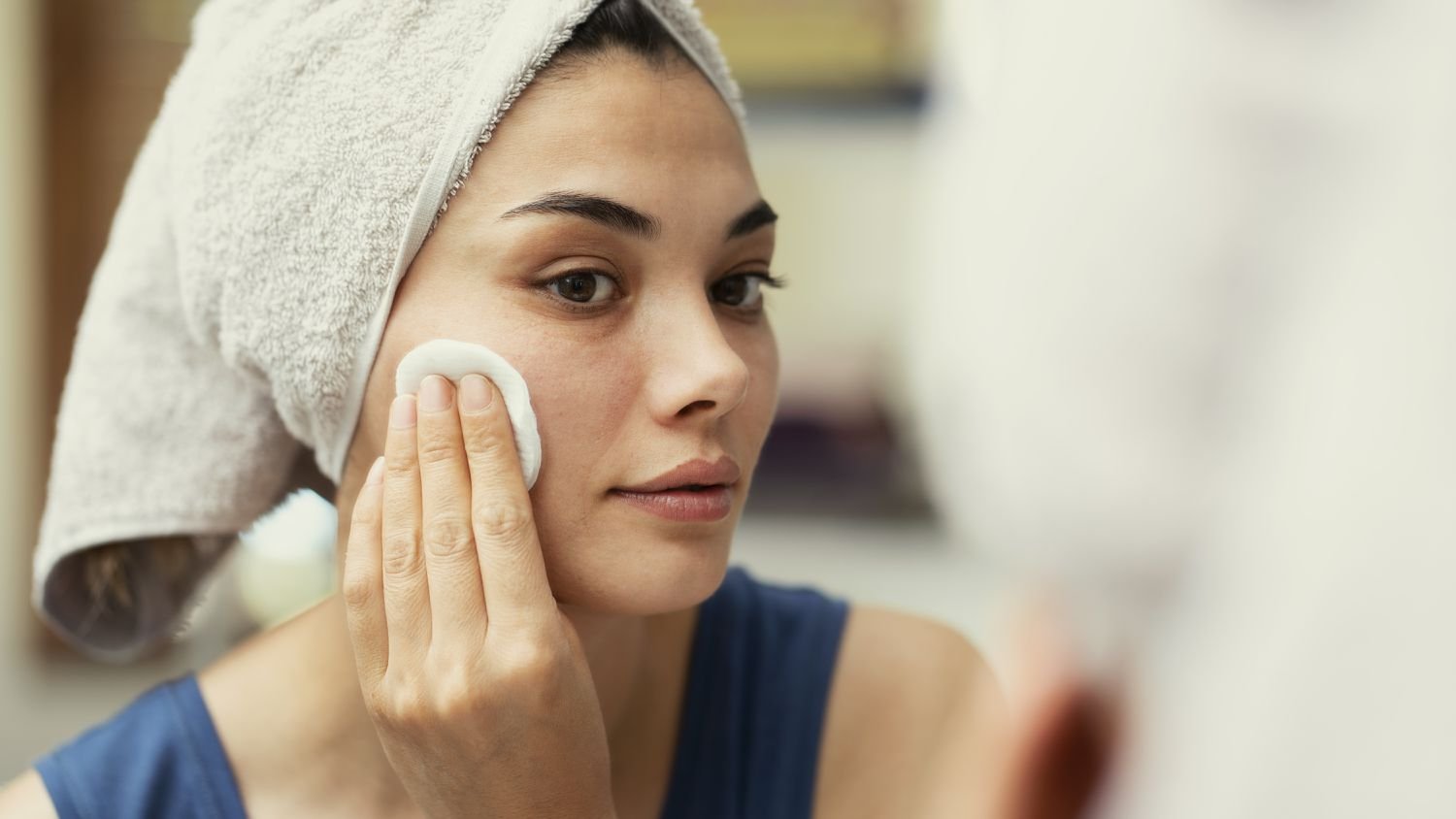The Architecture of Skin Regeneration: A Masterpiece of Evening Skincare
The transition from day to night signals a profound shift in the skin’s biological priorities, moving from a state of defense against environmental aggressors to one of intensive repair and regeneration. [1] During these critical nighttime hours, cellular repair mechanisms accelerate, collagen production peaks, and the skin becomes more permeable, creating an optimal window for therapeutic intervention. [2][3] An evening skincare routine is therefore not merely a ritual of cleansing but a strategic, multi-step process designed to work in synergy with the body’s natural circadian rhythms. By systematically removing the day’s impurities, delivering potent active ingredients, and providing a protective seal of hydration, a well-structured evening regimen can profoundly enhance skin health, combat premature aging, and foster a resilient, luminous complexion. This report will deconstruct the essential steps of this nightly masterpiece, exploring the scientific principles that underpin each phase, from foundational cleansing to targeted treatment and intensive moisturization.
Foundation of Renewal: The Science of Double Cleansing
The initial and most crucial phase of any evening skincare routine is the thorough removal of the day’s accumulated debris, which includes makeup, sunscreen, pollutants, and excess sebum. Failure to adequately cleanse creates an occlusive barrier that not only fosters breakouts and congestion but also prevents the effective penetration of subsequent treatment products. [4][5] To address this, the double cleansing method has emerged as a scientifically-backed gold standard. [6][7] This two-step process begins with an oil-based cleanser, such as a cleansing oil or balm. [8] Operating on the chemical principle that “like dissolves like,” these cleansers are exceptionally effective at binding to and dissolving oil-based impurities like waterproof makeup, sebum, and silicone-heavy sunscreens, which water-based cleansers alone struggle to remove. [6][8] The oil molecules encapsulate this debris, allowing it to be rinsed away without stripping the skin’s natural lipid barrier. [8] The second step employs a water-based cleanser—such as a gel, cream, or foam—to target water-based residues like sweat and environmental dirt. [5][8] This ensures a comprehensive cleanse that reaches deeper into the pores, leaving the skin immaculately clean and primed for the next stages. [5] Selecting the appropriate cleansers is vital; cream or lotion cleansers are ideal for dry and sensitive skin due to their hydrating properties, while gel or foam cleansers can help regulate sebum in oily or combination skin. [9][10]
Priming the Canvas: The Role of Toners and Targeted Serums
Following a thorough cleanse, the skin is prepared for the application of targeted treatments. This phase often begins with a toner, a product that has evolved significantly from its historical role as a harsh, alcohol-based astringent. Modern toners are sophisticated liquid formulations designed to restore the skin’s slightly acidic pH (typically between 4.7 and 5.75), which can be temporarily disrupted by alkaline cleansers. [11][12] A balanced pH is critical for maintaining the integrity of the skin’s acid mantle, a protective barrier against bacteria and environmental damage. [13][14] Furthermore, hydrating toners, often infused with humectants like glycerin and hyaluronic acid, provide an initial layer of moisture and enhance the absorption of the products that follow, making them a vital preparatory step rather than a secondary cleansing one. [15][16]
Once the skin is balanced and prepped, it is most receptive to serums—highly concentrated formulations designed to deliver potent active ingredients deep into the epidermis. [2] The nighttime repair cycle makes this the ideal time to deploy powerful agents that support skin regeneration and target specific concerns. [3][17] Retinoids, derivatives of Vitamin A, are considered a cornerstone of anti-aging night care. They function by binding to specific retinoic acid receptors (RARs) within skin cells, a process that triggers a cascade of responses including accelerated cell turnover, increased production of Type I and III collagen, and inhibition of matrix metalloproteinases (enzymes that degrade collagen). [18][19] For intensive hydration, serums containing hyaluronic acid are invaluable. This powerful humectant can hold up to 1,000 times its weight in water, drawing moisture into the skin to plump fine lines and support the skin’s natural moisture barrier overnight. [20][21] Additionally, peptides—short chains of amino acids—act as cellular messengers that can signal the skin to produce more collagen and elastin, helping to improve firmness and reduce the appearance of wrinkles. [22][23]
Sealing and Sustaining: The Final Fortification
The concluding steps of the evening routine are dedicated to protecting the delicate eye area and locking in the benefits of the preceding treatments with a comprehensive moisturizer. The skin around the eyes is significantly thinner and more fragile than the rest of the face, making it more susceptible to dryness and the early onset of fine lines. [24] Eye creams are specifically formulated with a lower concentration of active ingredients to be effective without causing irritation in this sensitive zone. Ingredients like peptides can help with fine lines, while niacinamide may address dark circles. [24]
The final, non-negotiable step is the application of a night moisturizer. Its primary function is to create a protective seal over the skin, preventing the transepidermal water loss (TEWL) that naturally increases overnight. [25] This occlusive action ensures that the active ingredients from the serums are locked in, maximizing their efficacy. [26] Well-formulated moisturizers contain a synergistic blend of three key ingredient types: humectants (like glycerin and hyaluronic acid) that draw water into the skin, emollients (like squalane and ceramides) that soften and smooth the skin by filling gaps between cells, and occlusives (like shea butter and dimethicone) that form a physical barrier to prevent moisture evaporation. [27][28] Choosing a moisturizer tailored to one’s skin type is crucial; lightweight gel-creams are suitable for oily skin, while richer creams provide necessary nourishment for dry skin. [24][29] This final fortification supports the skin’s barrier function, replenishes lost moisture, and ensures you awaken to a revitalized, hydrated, and resilient complexion. [3][30]



